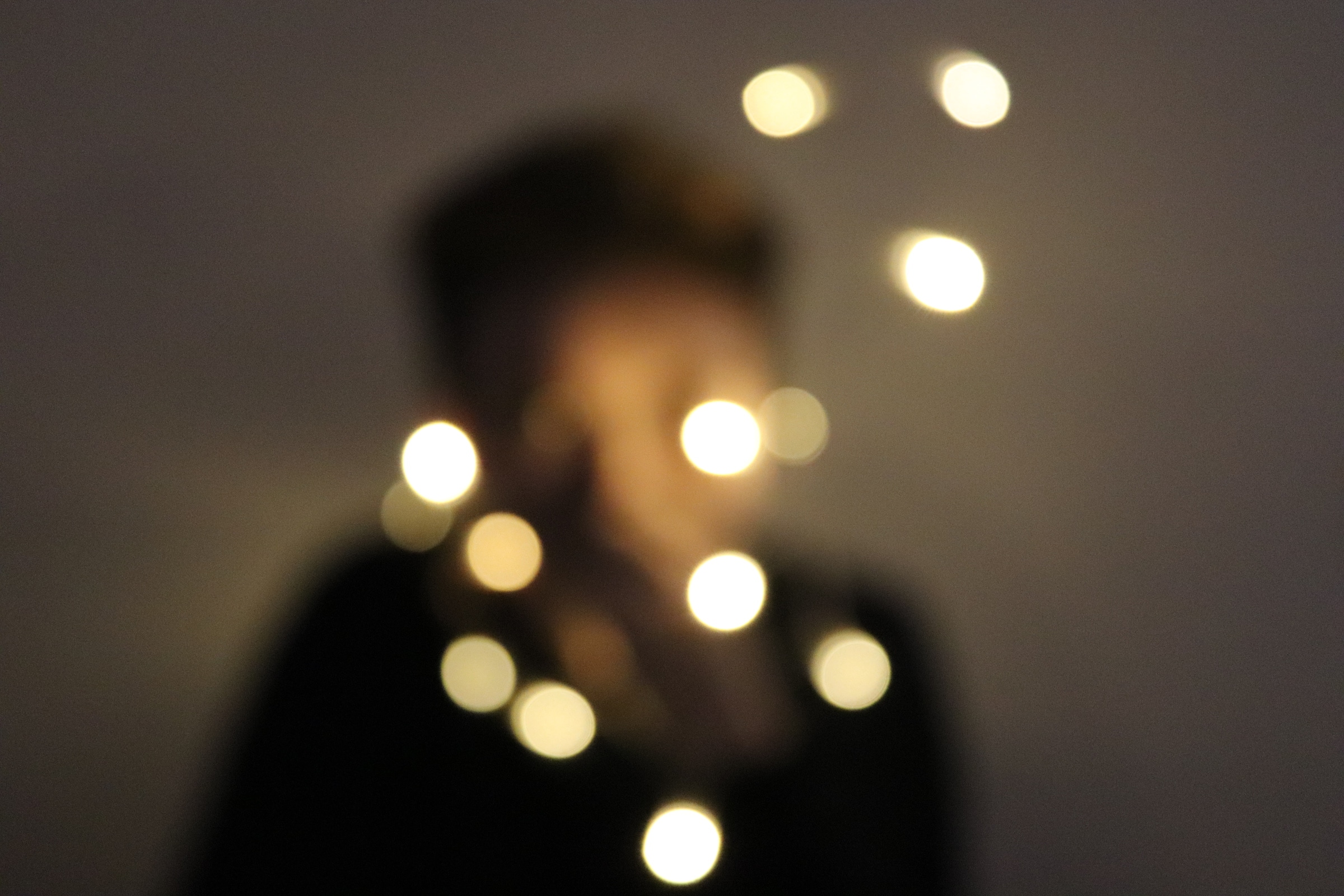How to make Copper Sulphate Crystals
- Megan Elliott

- Apr 17, 2020
- 2 min read
I have been wanting to conduct a range of experiments for some time now, but never had the time or confidence to do so. I found that this long period of isolation was the perfect time to try out the experiments I had been wanting to do. One in particular was to make my own copper sulphate crystals. Here, I will show the process of how to make them and the outcome.
Each crystallised object will be unique. Some objects may not grow as many crystals as another and some may take longer. This experiment requires patience, the process cannot be rushed.
What you will need:
-Copper Sulphate.
-Water
-A beaker
-A saucepan or bunsen burner (whichever you have available)
-String or wire
-A wooden rod
-Scales
-The item you would like to crystalise
-Face Mask, Gloves and Goggles
-Card or tissue
To start, boil water in a saucepan (it needs to be boiling) and measure out 100 grams of Copper Sulphate. Make sure you have everything ready for your experiment.

Next, put 200ml of the boiling water into your beaker and place the beaker inside the saucepan of boiling water to keep it hot.
Then you need to put the 100g of copper sulphate into the beaker with the hot water to make Copper Sulphate Solution.

Stir the mixture until all of the copper sulphate has dissolved. The mixture will be bright blue, this will be the colour of the crystals too. (it may also slightly dye the object you put into the mix too)


Don't forget to wear a facemask, gloves and goggles as Copper Sulphate is an irritant and can be harmful if swallowed. If you get it in your mouth, eyes or on your skin, you need to run it under a tap for 20 minutes to ensure it's all out.
Once the Copper Sulphate has dissolved, you can put your object into the mix. Bring it off the heat and tie your object to the wooden dowel using string or wire. Place the wooden rod onto the beaker so the object is suspended in the solution (it can be to the height you want, depending on where you want the crystals to form) Then place the card or tissue over the top of the beaker.
Leave it overnight and check on it the next day, the longer you leave it in the solution, the bigger the crystals will grow.
When you are happy with the results, leave the object to dry for a few hours.
Make sure you dispose the solution safely and correctly. This may vary on your location. Never dispose of the solution in a stream, lake, or the sea as it's toxic to wildlife. Never dispose of it by pouring it into soil outside.
The Results.




I decided to crystallize a bird skull and a sharks tooth. The results turned out to be a lot more successful than I thought they would. Each one varied in size and neither object was damaged in the process.
Here is a 360° view of both of the objects.



Comments